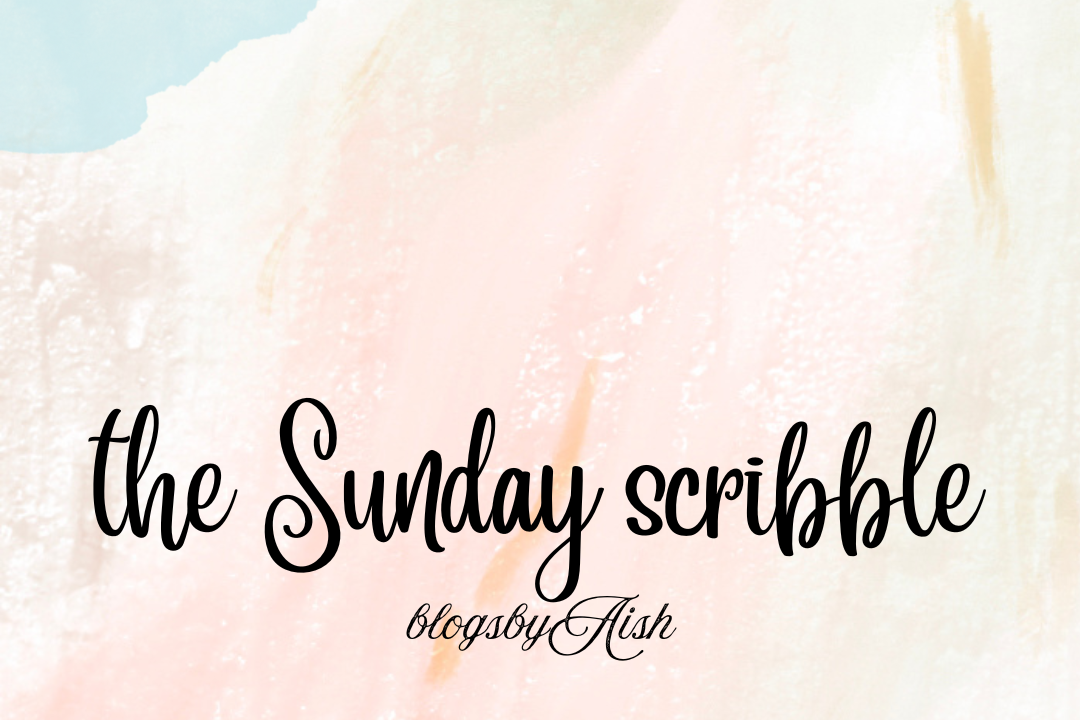Selling your art online is more accessible than ever but to succeed, you need more than just talent. You need strategy, consistency, and the right platforms. Here is a step-by-step guide on how to sell your art online in detail, including setup, marketing, and long-term growth tips.
https://www.shopify.com/blog/211990409-how-to-sell-art-online
✅ 1. Prepare Your Art for Sale
Before you list anything, make sure your art is ready to sell:
📸 Photographing Your Work
- Use natural lighting or soft diffused lighting.
- Photograph your art head-on, with no tilt or glare.
- Include close-ups to show texture and detail.
- Consider mockup images (e.g., your art in a living room setting) for presentation.
✍️ Prepare Metadata
- Title, dimensions, medium, year created, and story behind the piece.
- Decide whether you’ll sell:
- Originals
- Limited edition prints
- Open edition prints
- Digital downloads (for digital art)
🛒 2. Choose Where to Sell
🛍️ A. Your Own Website (Best for full control)
Use platforms like:
- Shopify – customizable with built-in eCommerce tools.
- Squarespace or Wix – visually strong, easy to use.
- Big Cartel – artist-friendly, affordable.
✅ Pros: Higher profit margins, personal branding
❌ Cons: You drive all traffic yourself
https://sell.amazon.com/sell/art
🖼️ B. Online Art Marketplaces
- Etsy – great for prints, crafts, illustrations.
- Saatchi Art – for high-end originals and curated exposure.
- Artfinder – handmade and original works only.
- Singular, Gallery more curated and professional.
✅ Pros: Built-in traffic and buyer trust
❌ Cons: Commission fees, competition
🎯 3. Price Your Work Thoughtfully
Consider:
- Cost of materials + time (hourly rate)
- Overhead (website, commissions, shipping)
- Market rate for similar work
- Scarcity (is it a one-off or a limited edition?)
🔢 Formula Example:
(Hourly Rate × Hours Spent) + Materials + Overhead + Profit Margin
Avoid pricing too low—it undervalues your work.
🚚 4. Handle Shipping Like A Pro
- Use acid-free materials, bubble wrap, rigid mailer or tubes.
- Insure valuable originals.
- Offer tracking and keep buyers updated.
- Factor shipping costs into your pricing or list them separately.
- Use services like Pirate Ship or Ship Station for discounted rates.
📣 5. Market Your Art Online
🧠 Build an Artist Brand
- Have a clear style or theme.
- Create a compelling bio and artist statement.
- Be authentic in sharing your process and values.
📱 Use Social media Strategically
- Instagram – best for visual storytelling and reels
- Pinterest – great for driving traffic to your store
- TikTok – time-lapse, behind-the-scenes, packing videos perform well
- YouTube – long-form process and studio vlogs
🧩 Tips:
- Use hashtags wisely (e.g. #artforsale, #originalart)
- Post consistently (2–3× a week)
- Share your process, workspace, packaging, and personal journey
📬 Build an Email List
- Offer a freebie (e.g., digital wallpaper or art guide)
- Use Mailer Lite or Convert Kit
- Send updates on new art, sales, and behind-the-scenes content
📊 6. Track Your Success & Optimize
📈 Monitor:
- Website traffic (Google Analytics)
- Sales performance
- Social media engagement
📍 Improve:
- Test different pricing
- Improve photography
- Try limited-time offers or discounts
- Use customer feedback
🧠 Bonus Tips
- Offer commissions for personalized income.
- Create bundles (e.g., print sets).
- Run seasonal sales or promote around art holidays.
- Use customer testimonials to build credibility.
- Consider licensing your work for additional revenue (e.g., with Adobe Stock or licensing agencies).
🧾 Legal & Financial Essentials
- Register your business (sole proprietor, LLC, etc.).
- Keep track of expenses and income (QuickBooks, Notion, or Excel).
- Be aware of copyright laws—you retain rights unless you explicitly sell them.
- Understand returns and refund policies.
blogsbyAish
